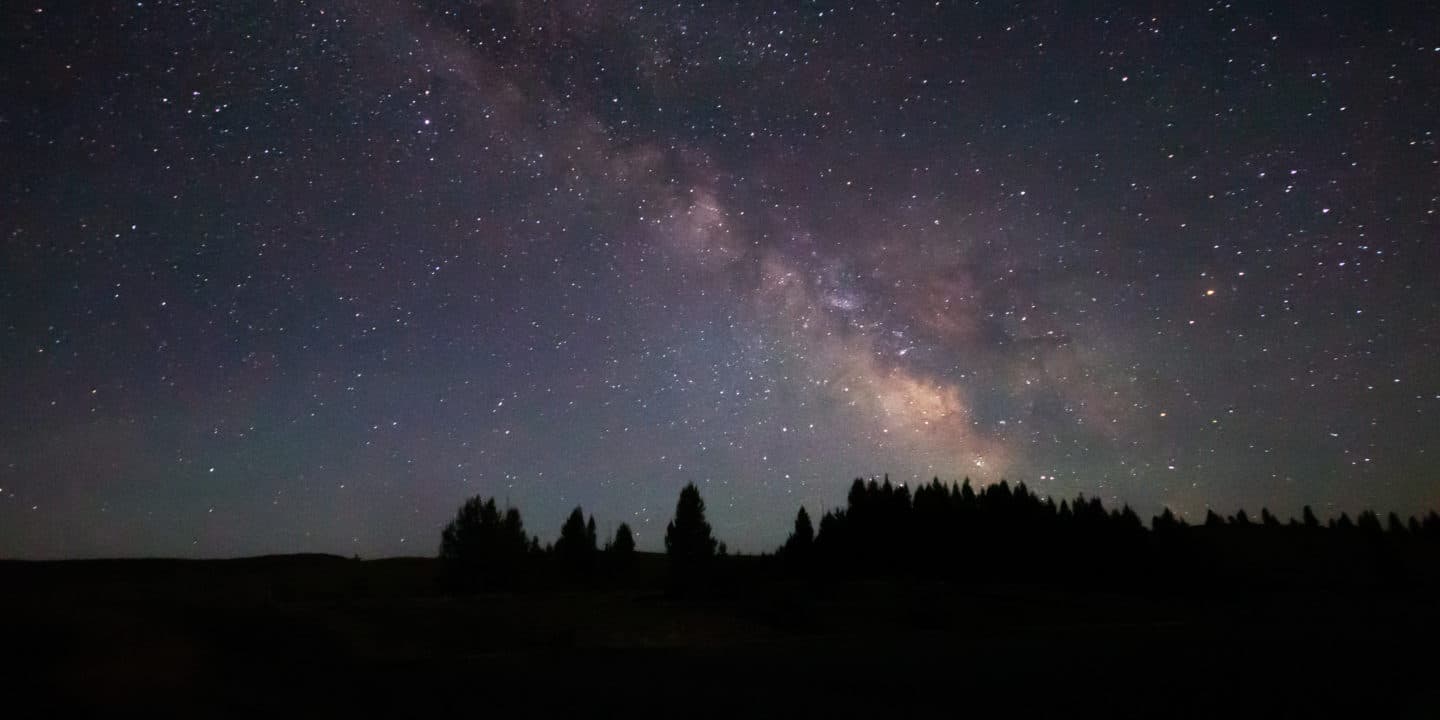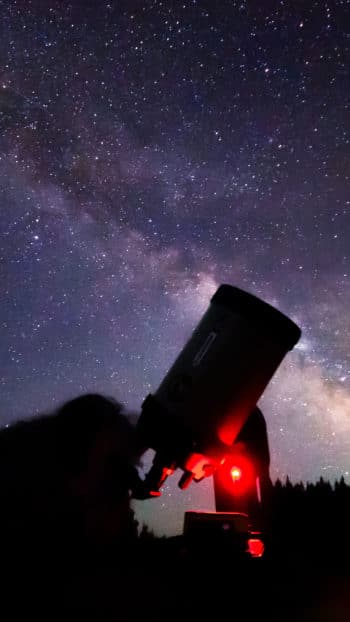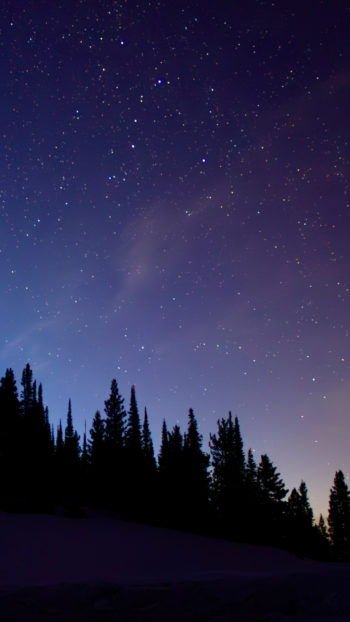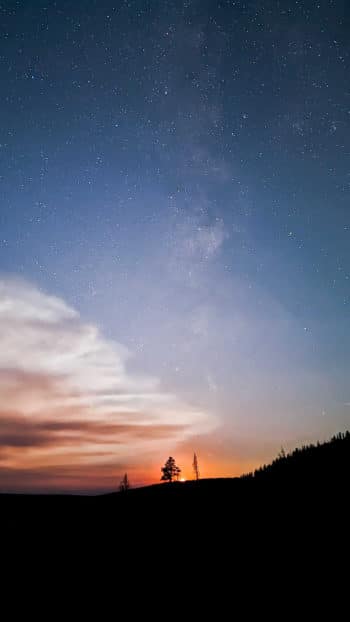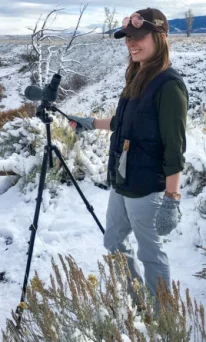Located just north of Yellowstone National Park, Big Sky, Montana is a top destination for outdoor adventure, but did you know it’s also a premier location for stargazing? With high elevations, little light pollution, and easy access to some of the darkest skies in the Greater Yellowstone Ecosystem, Big Sky is the perfect launch point for an unforgettable stargazing tour. Whether you’re searching for the Milky Way, meteor showers, or even the Northern Lights, this guide will help you plan the ultimate stargazing adventure in Big Sky.
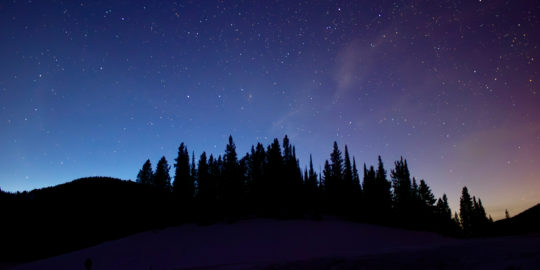
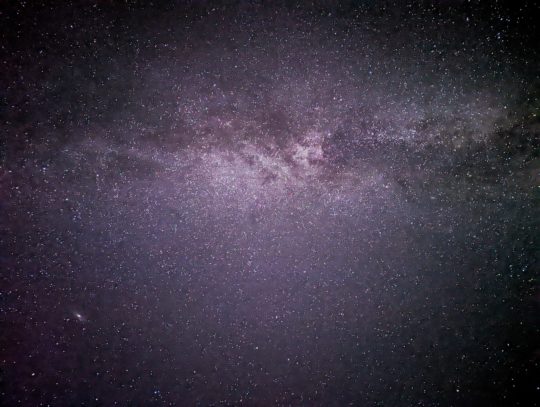
What Makes Big Sky a Prime Stargazing Location?
Big Sky, Montana is a prime stargazing location due to a combination of factors that contribute to its clear skies:
Minimal Light Pollution and Expansive Montana Skies
Big Sky is renowned for its minimal light pollution and wide open skies, making it a stellar location for stargazing. With little nearby urban development, the area offers some of the darkest skies in the region, allowing for clear, unobstructed views of the Milky Way, constellations, and even distant galaxies. The vast, open landscapes of Montana provide a perfect backdrop, where the sky feels endless, and the stars seem to stretch on forever.
High Elevation for Exceptional Night Sky Visibility
Big Sky’s high elevation provides exceptional night sky visibility, offering some of the clearest and sharpest views of the stars. At higher altitudes, you’re above much of the atmosphere’s distortion, which means less light scattering and more vibrant, detailed views of celestial objects. The thinner air at these elevations reduces the impact of humidity and air pollution, ensuring a crisp and crystal-clear sky, perfect for stargazing. With fewer atmospheric particles to interfere with light, you’ll be able to see the Milky Way, planets, and distant constellations with remarkable clarity, making Big Sky a top destination for astronomy enthusiasts.
Easy Access to the Greater Yellowstone Ecosystem’s Dark Skies
The location of Big Sky offers easy access to Yellowstone’s dark-sky spots, making it an ideal base for stargazing. Located just a short drive from the park’s northwestern entrance, visitors can quickly reach some of Yellowstone’s most remote and light-pollution-free areas, such as Lamar Valley and Mammoth Hot Springs. These designated dark-sky zones provide an unobstructed view of the night sky, free from the interference of artificial lighting.
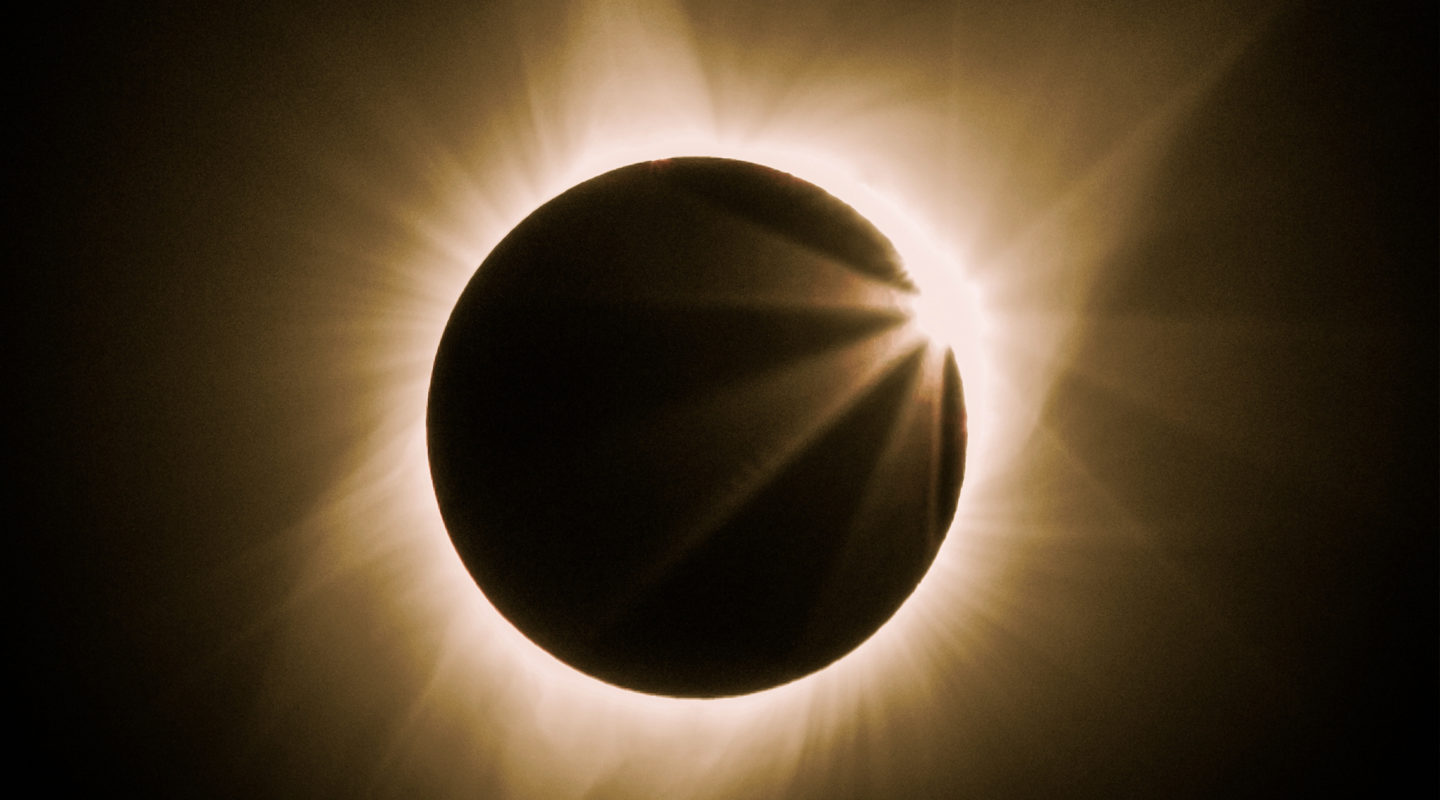
How to Take a Stargazing Tour in Big Sky
Big Sky stargazing tours are a fantastic way to experience Montana’s gorgeous dark skies while surrounded by stunning scenery. Here’s how to plan for the perfect tour:
Benefits of a private stargazing tour in Big Sky
With a private guide, the entire tour is tailored to your preferences. Whether you want to focus on deep-sky objects, constellations, or the mythology behind the stars, your guide can customize the experience to your interests and level of knowledge.
What to Expect on a Guided Big Sky Stargazing Tour
On a guided Big Sky stargazing tour, you can expect an immersive, educational experience led by an expert guide. They’ll take you to some of Big Sky’s best dark-sky locations, where you’ll enjoy unobstructed views of the Milky Way, planets, and constellations. Your guide will provide fascinating insights into celestial objects, share stories about the stars, and help you spot key constellations using telescopes and star maps. With a small group or private setting, you’ll have the chance to ask questions, learn more about astronomy, and witness the beauty of the night sky in one of the darkest places on Earth.
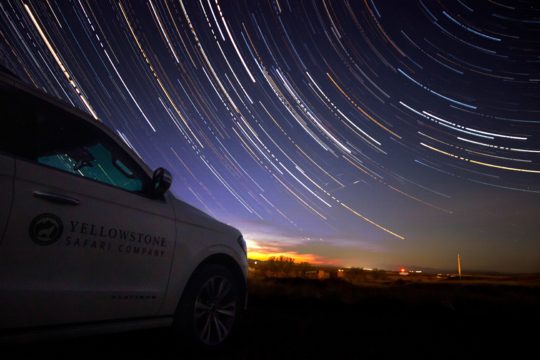
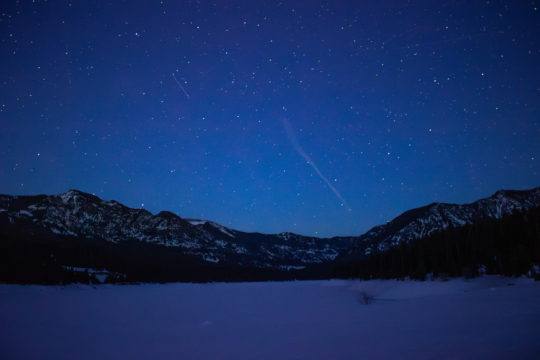
Best Stargazing Spots Near Big Sky & in Yellowstone
For those seeking the best stargazing near Big Sky, both Big Sky itself and Yellowstone National Park offer some of the most prime locations to observe the night sky.
Lone Mountain – Big Sky’s Highest Peak for Celestial Views
Lone Mountain is Big Sky’s highest peak and offers some of the best stargazing in the area. With its elevation, you’ll have an unobstructed view of the night sky, making it an ideal spot for spotting the Milky Way, planets, and distant galaxies. Being away from town lights ensures minimal light pollution, allowing for crisp, clear views of celestial objects in the dark sky of Montana. Whether you hike to a high vantage point or ride the lift to the summit, the views are spectacular.
Taylor Fork – A Hidden Dark Sky Gem Near Big Sky
Taylor Fork is a lesser-known stargazing spot just outside Big Sky. This quiet and remote location offers exceptional dark skies with minimal light pollution, making it perfect for those seeking a peaceful stargazing experience away from crowds. Its secluded nature ensures you get an intimate connection to the stars, whether you’re watching meteor showers or simply gazing at the Milky Way stretching across the sky.
Yellowstone’s Lamar Valley – The Best Dark-Sky Sanctuary
If you would like to venture into Yellowstone, Lamar Valley is widely regarded as one of the best dark-sky locations in the park. Its vast, open spaces and distance from artificial light create an ideal environment for stargazing. Here, you can enjoy breathtaking views of the Milky Way, planets, and constellations without the distraction of city lights. The valley is also a great spot for viewing wildlife during the day, but at night, it transforms into a celestial sanctuary, offering some of the clearest skies for astronomy in the region.
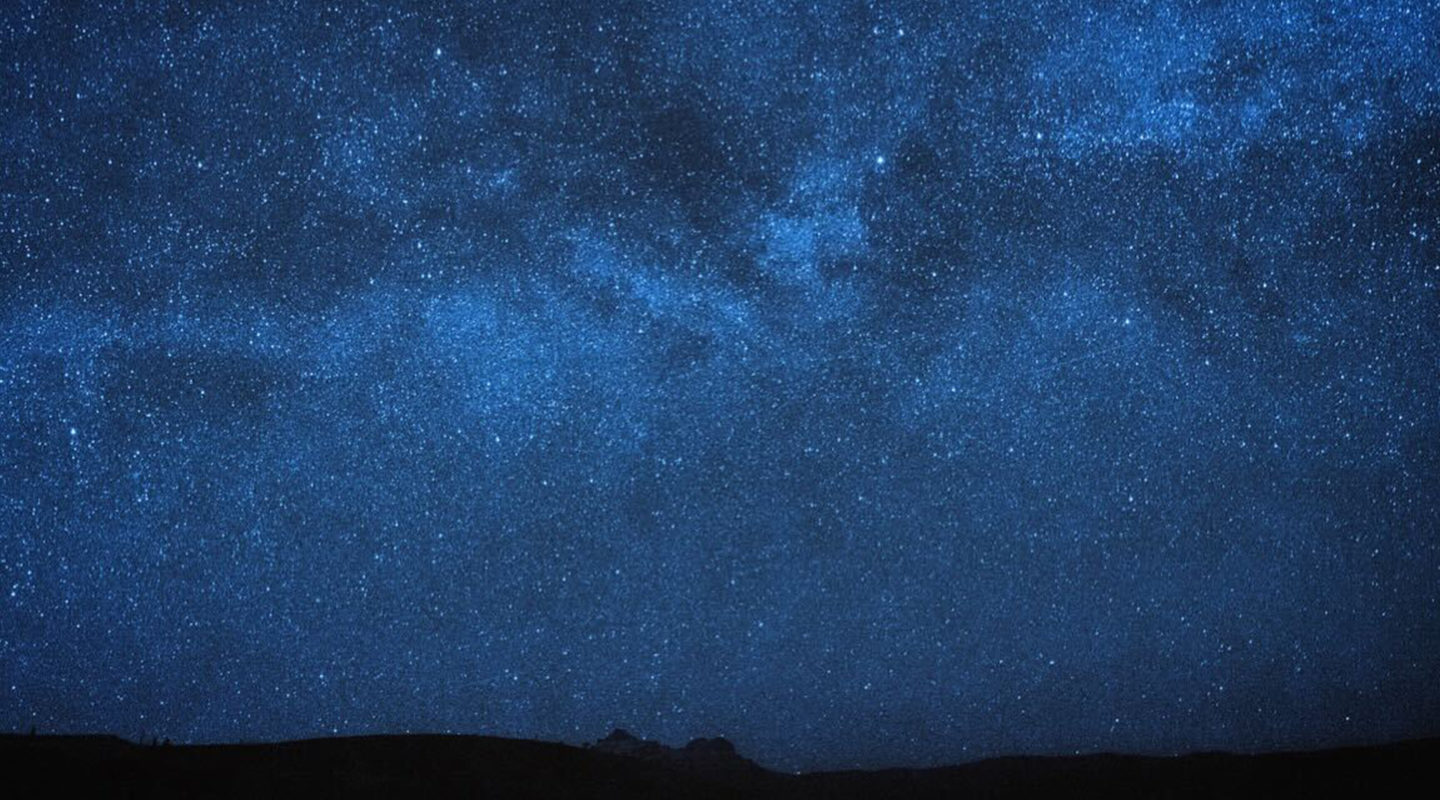
What to Bring for a Night of Stargazing in Montana & Yellowstone
Preparation is key for a successful night out under the stars. Here are a few tips on what to bring for the best guided stargazing tours around Big Sky:
Essential Gear – Binoculars, Star Charts, and Red Flashlights
Binoculars or a telescope will enhance your view of celestial objects, allowing you to see planets, stars, and galaxies in greater detail. A star chart or stargazing app is helpful for identifying constellations, planets, and other celestial bodies in real time. Finally, a red flashlight is crucial for preserving your night vision while navigating in the dark without disrupting the atmosphere around you.
How to Dress for Big Sky’s Cool Night Temperatures
Even in the summer months, Big Sky and Yellowstone can experience chilly nighttime temperatures, especially at higher elevations. Dressing in layers is key: bring a warm jacket, thermal wear, and gloves to ensure you stay comfortable while stargazing. A hat is also helpful to shield you from the cold mountain air. Remember, temperatures can drop quickly once the sun sets, so be prepared for colder conditions as the night goes on.
Using Apps & Guides to Identify Stars and Planets
To enhance your stargazing experience, download a stargazing app like Stellarium or SkySafari, which will help you identify stars, constellations, and planets in real time. These apps often use your location and time of night to display an accurate map of the sky, so you can easily find celestial objects. If you prefer a physical guide, bring a star chart to follow along as you observe the night sky. These tools will deepen your understanding of the stars and make your stargazing experience more educational and enjoyable.
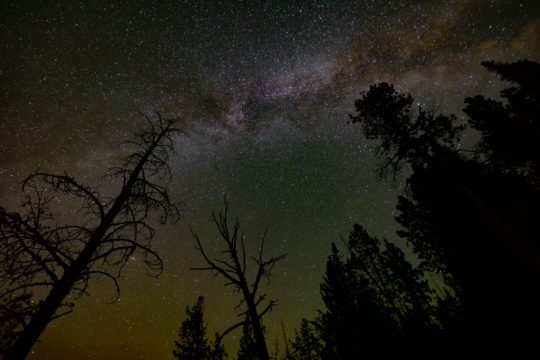
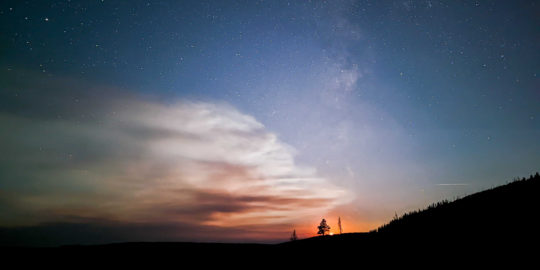
When is the Best Time to Take a Stargazing Tour?
Each season brings unique highlights and conditions. While there is no wrong season to go stargazing in Big Sky, it is important to know what each one offers to best suit your wants and needs for the best experience. Here is some information on how to choose the best time for stargazing in Montana:
Summer – Best for Milky Way Views and Warm Nights
Summer is the prime time for stargazing tours in Montana. The warmer nights and clear skies offer an ideal setting for observing the Milky Way in all its glory. This is when the center of the galaxy is most visible, and with minimal light pollution, you’ll get exceptional views of stars, nebulae, and distant galaxies. The comfortable temperatures make it easy to spend hours outdoors, enjoying the night sky without the chill of cooler seasons.
Fall – Peak Meteor Shower Season in Montana
Fall is another fantastic time for stargazing, especially for those hoping to witness meteor showers. The crisp, clear air and early sunsets provide a perfect backdrop for viewing shooting stars, including the Perseid and Orionid meteor showers. The cooler temperatures also make the air less humid, resulting in clearer skies and sharper views of the cosmos. Fall’s vibrant landscapes add a unique charm to stargazing tours, making the experience even more memorable.
Winter – Crystal-Clear Skies and Potential Aurora Borealis Sightings
While colder, winter in Montana offers some of the most crystal-clear skies for stargazing. The lack of humidity and snow-free nights provide optimal visibility of distant stars and constellations. This is also the best time to catch the Aurora Borealis, especially in Yellowstone, where the dark, remote locations allow for unobstructed views of the northern lights. While you’ll need to bundle up for the cold, the winter months reward stargazers with some of the most stunning and peaceful nights under the stars.
Big Sky, Montana is an amazing destination for anyone visiting the region looking for adventure and beautiful sights. Whether you’re there for skiing, hiking, or visiting the national park, you won’t want to miss a night under a spectacular blanket of stars. Don’t wait to book to secure your adventure!
FAQs
Why is Big Sky, Montana, a great place for stargazing?
Big Sky offers some of the darkest skies in the region thanks to its high elevation (7,200 feet) and lack of urban light pollution. The combination of thin mountain air and expansive views makes it one of the best spots in the northern Rocky Mountains for seeing the Milky Way, constellations, and shooting stars.
Can I book a private stargazing tour from Big Sky?
Yes! Private stargazing tours from Big Sky offer a personalized experience with professional-grade telescopes, expert guides, and exclusive access to top stargazing spots. Whether you’re a family, photographer, or astronomy enthusiast, a private tour provides a more intimate and educational deep-sky viewing experience.
What should I wear for a stargazing tour from Big Sky?
Even in summer, nighttime temperatures in Montana and Yellowstone can drop into the 40s°F (4-9°C), so dressing in layers is essential. Bring a warm jacket, gloves, and a hat in cooler months, and wear sturdy hiking shoes if your tour involves short walks to remote viewing locations.
When is the best time of year for stargazing tours from Big Sky?
Summer (June–August) is the best season for Milky Way viewing and warm nights. Fall (September–November) is ideal for meteor showers, while winter (December–March) offers crisp, clear skies and occasional Northern Lights sightings.
What celestial events can I see from Big Sky and Yellowstone?
Visitors can witness meteor showers like the Perseids (August) and Geminids (December), lunar eclipses, planetary alignments, and the Milky Way stretching across the sky from spring through fall. On rare occasions, the aurora borealis can be seen in winter and early spring.

